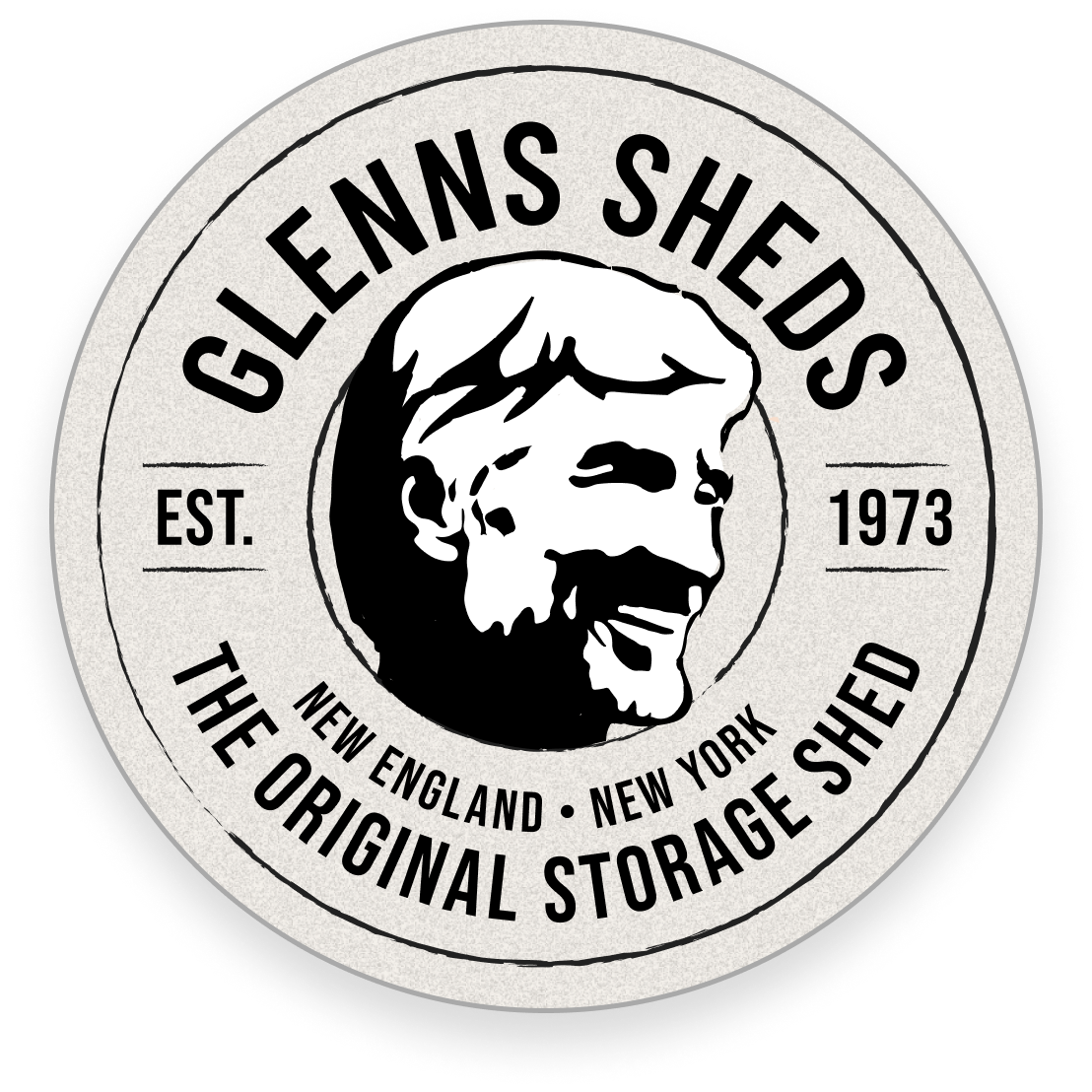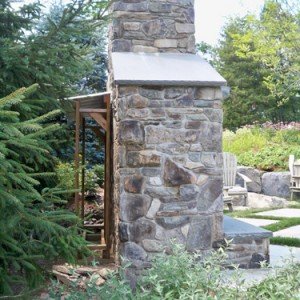Secrets of a Clean Chimney
Did you know that your chimney, fireplace, wood stove, and furnace flue are often among the most overlooked causes of carbon monoxide intrusion, fires and other hazards resulting in loss of life and property? There are several major steps you can take to reduce dangerous creosote buildup and avoid a chimney fire.
First, an annual chimney sweep service and maintenance are vital for safety and efficiency if you burn wood for heat and enjoyment. We’ve worked with a lot of chimney services and have found Hudson Valley Chimney Service to be knowledgable and reliable. They offer an affordable chimney sweep service and also do maintenance work on stoves and chimneys, including masonry. Founder Bill Murphy has been selling and maintaining stoves and chimneys since 1976. He is Chimney Safety Institute-certified as are all his technicians. All are licensed and insured chimney sweeps.
Second, creosote always accumulates in a chimney, and this process accelerates when burning under-seasoned, green and low-BTU woods. As well, burning any wood in warmer weather when the lower heat differential reduces draft through the flue. The most important factor in maintaining a creosote-free chimney between cleanings is burning thoroughly dry, high-BTU wood.
Of course a good and clean chimney warrants a fine Woodstove. Both of us at Glenn’s Sheds bought our favorite stove, the Moreso 7110, at Ashleigh’s Hearth and Home on Route 9 in Poughkeepise.
So to summarize, the most important steps to avoid chimney fires are with regular cleaning and burning dry, hard wood.
And by all means, not this:

